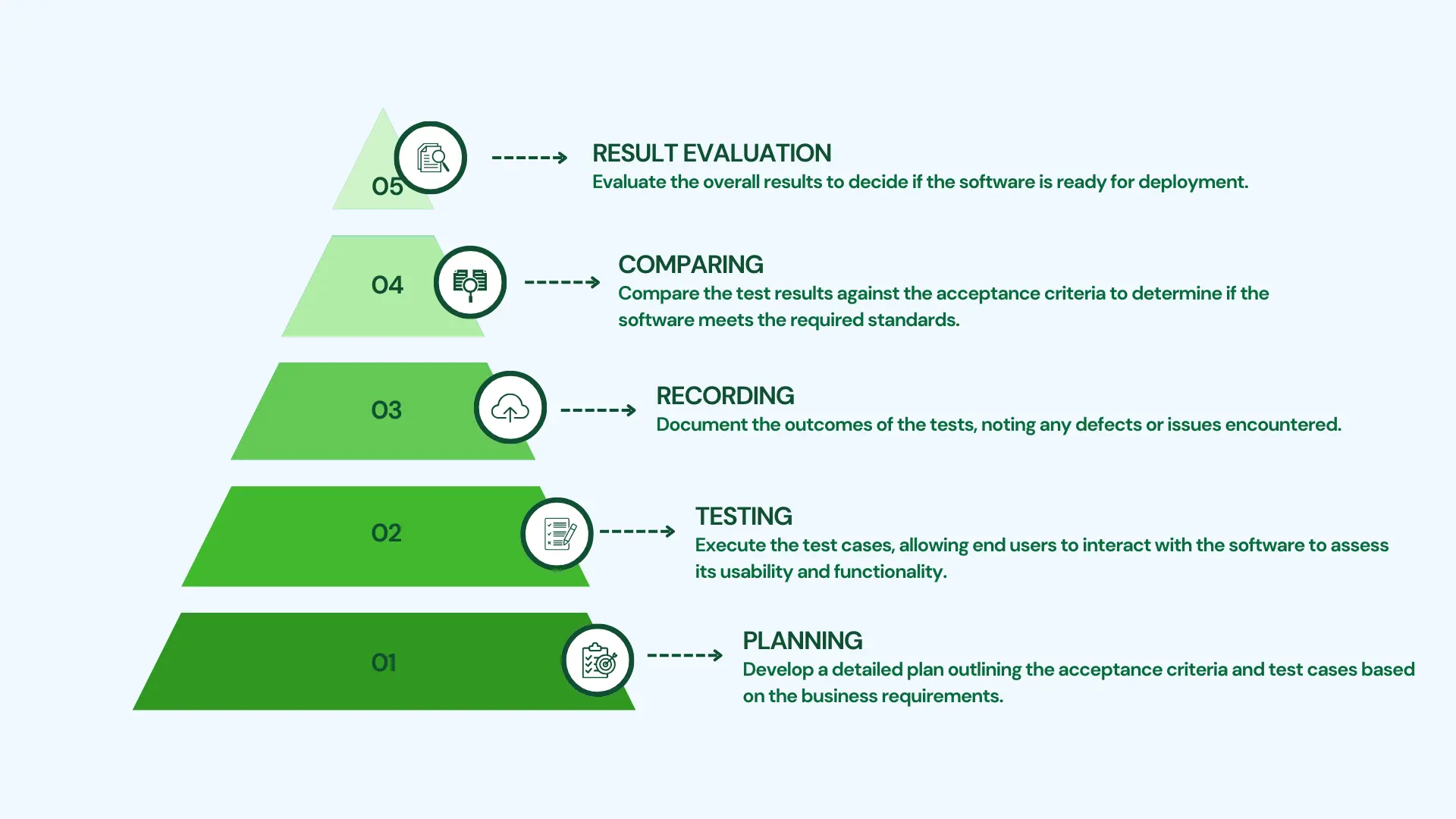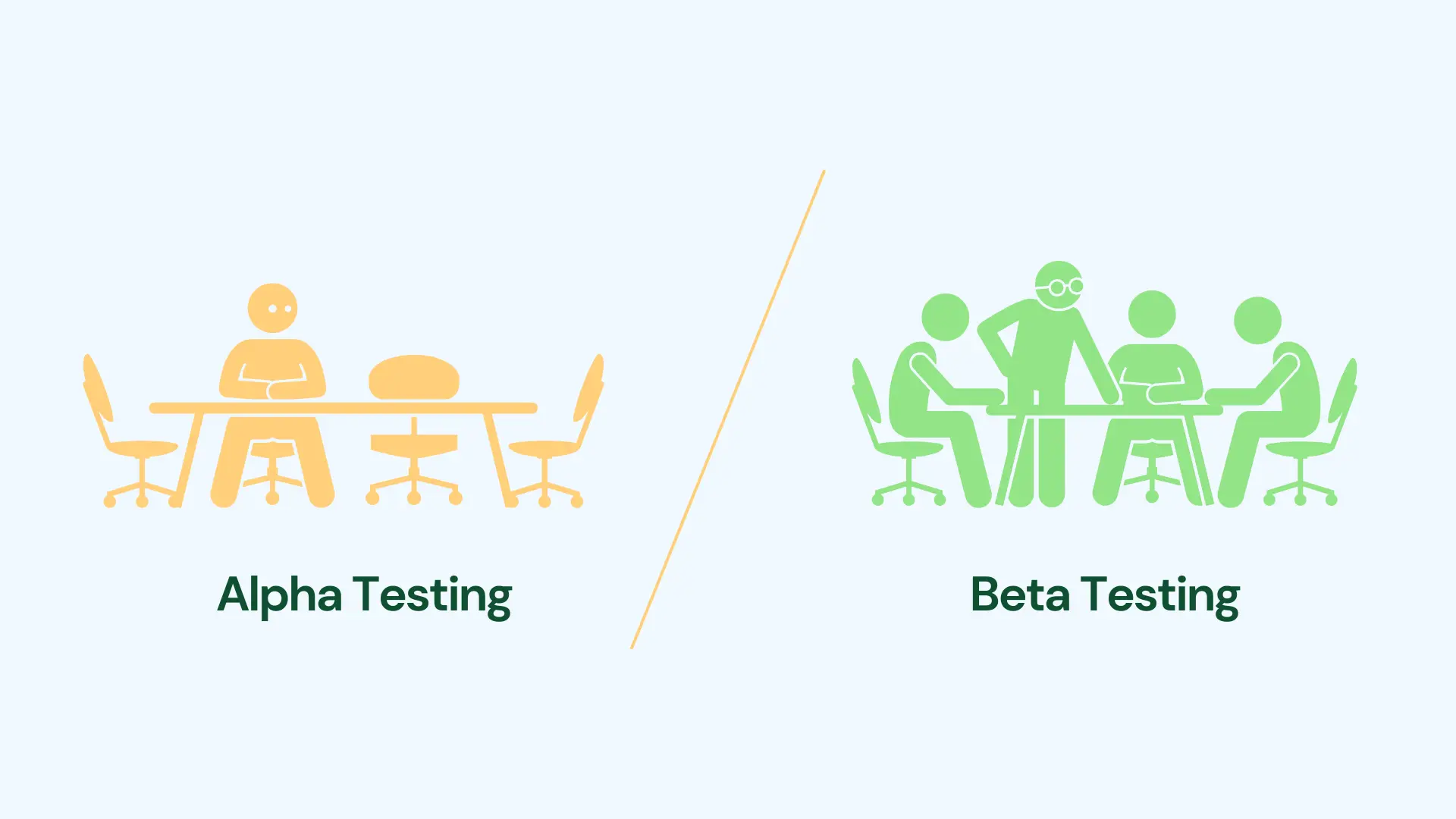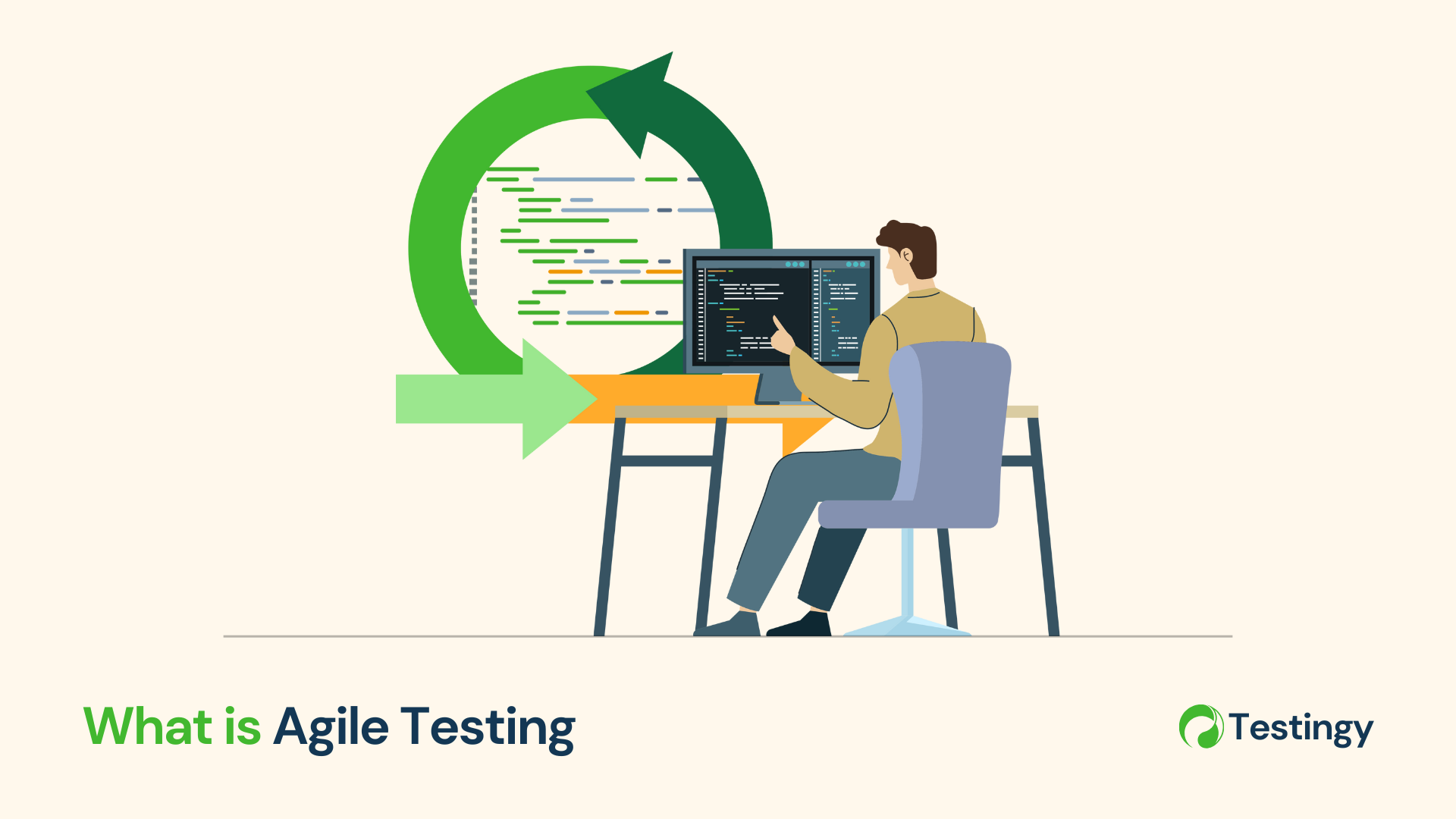Acceptance Testing Explained: A Complete Guide for QA Teams
Acceptance testing is a crucial step in the software development lifecycle that many teams overlook or not fully understand. Before releasing software to the market, this testing phase ensures the product meets user requirements and is free of critical defects.
In this blog, we will explore what makes acceptance testing indispensable, its effectiveness, the appropriate stages for its application in the development process, and its various types.
What is Acceptance Testing
It plays a crucial role in quality assurance (QA) within the software development lifecycle. Its primary purpose is to verify whether an application meets the specified business requirements and user expectations before its release.
Typically, development teams conduct this testing at the final stage to ensure the software is ready for production. They evaluate its functionality, performance, and usability to confirm it is reliable, easy to use, and prepared for deployment. Depending on the organization, teams may perform beta testing, field testing, application testing, or end-user testing.
The QA team generally conducts these tests and provides a clear pass-or-fail result. If the software fails, the team identifies the issues and works on resolving them before the product goes live. Additionally, acceptance testing encourages collaboration since it involves end users in the process. Their feedback helps QA teams detect problems that earlier testing phases, such as unit or functional testing, may have missed. As a result, this approach ensures the software aligns with business goals and complies with relevant standards
Effectiveness and Benefits of Acceptance Testing
Acceptance testing offers significant advantages by catching critical issues before deployment and ensuring the software aligns with requirements and user expectations. While not the primary defect-detection phase, it acts as a cost-effective final checkpoint—fixing problems here is far cheaper, as post-release corrections can cost up to 100 times more. This step helps avoid the risks of releasing untested products, a practice some companies adopt by relying on users to report issues for later fixes.
Moreover, the process offers developers valuable insights into the business purpose of each software feature through end-user feedback. This input helps enhance product quality and ensures the software aligns with user needs.
When end users and customers perform acceptance testing, they help catch defects early, lowering the risk of dissatisfaction and costly recalls for a more reliable launch. Their validation also acts as a vital checkpoint, ensuring the software meets technical standards and their expectations, paving the way for a smooth release. Users can also utilize test management tool like Testingy to execute acceptance testing easily.
Acceptance Testing Process
Acceptance testing takes place after system testing and before deployment. In this phase, tests are designed and conducted—often by end users, a customer’s QA team, or a third-party provider—to evaluate the software’s performance in a simulated production environment. This step confirms stability and reveals any lingering issues.
The acceptance testing process typically consists of five key phases: planning, testing, recording, comparing, and evaluating results.

Once the test is designed according to the plan, end users interact with the software to assess its usability. The application should meet the business expectations outlined in the requirements. After analyzing the test results, the IT team identifies and addresses any detected issues. A test is considered successful if its results meet the specified acceptance criteria for each test case. However, if the results surpass the established failure threshold, the test will be deemed unsuccessful.
When Do You Apply User Acceptance Testing
Acceptance testing is conducted at designated stages of the software development lifecycle to confirm that the application meets the required standards prior to release.
The following are common scenarios in which acceptance testing is typically performed:
| Stage | Scenarios |
|---|---|
| Pre-Production Check | After coding and initial testing (e.g., unit and integration), acceptance testing verifies that the software meets specifications and is production-ready, ensuring no critical flaws remain before launch. |
| Beta Feedback Review | During a beta release to select users, acceptance testing collects and evaluates feedback to confirm the application meets user needs and performs well in real-world scenarios. |
| Post-Update Validation | After adding significant updates like new features to an existing app, acceptance testing ensures they align with business goals, maintain functionality, and meet user needs without system disruptions. |
| Compliance Sign-Off | When software must meet regulatory or contractual standards, acceptance testing verifies compliance and often acts as a formal sign-off before delivery. |
Types of Acceptance Testing
1. User Acceptance Tests (UAT)
The User Acceptance Testing (UAT) process is essential as it gathers user feedback to evaluate the software from the end-user’s perspective. During UAT, users test the product to ensure it delivers the desired results and adheres to defined specifications.
This user-centered approach helps identify potential bugs or user experience issues, offering valuable insights for the development team to make necessary adjustments. Neglecting the UAT process can lead to significant post-release issues, resulting in substantial business losses.
UAT is necessary for several reasons:
- Software developers create applications based on requirement documents and their own interpretations, which may sometimes result in a final product that fails to meet customers' actual needs.
- Changes in project requirements are not always communicated effectively and accurately from customers to developers, leading to misaligned expectations and potential functionality gaps.
2. Business Acceptance Testing (BAT)
BAT ensures the software meets business goals and purposes. Unlike UAT, where bugs discovered by end-users can delay projects, increase costs, and impact timelines, BAT focuses on understanding end-user behavior and business benefits.
Effective BAT demands strong domain knowledge from testers, supported by targeted training to address evolving market and tech changes.
3. Contract Acceptance Testing (CAT)
Contract Acceptance Testing (CAT) involves a contractual agreement that requires the completion of an acceptance test within a specified timeframe once the product goes live. All acceptance use cases must pass for the product to be considered compliant. A Service Level Agreement (SLA) ensures that payment is only made if the product or service meets all contractual requirements, signifying successful fulfillment.
Typically signed before the product release, the agreement clearly defines key details such as the testing period, scope, issue management conditions, payment terms, and other relevant expectations.
4. Regulations Acceptance testing (RAT)
Regulation Acceptance Testing (RAT), or Compliance Acceptance Testing, verifies software that meets government regulations and legal standards, ensuring compliance with both technical and regulatory requirements.
5. Operational Acceptance Testing (OAT)
Operational Acceptance Testing (OAT), a non-functional test, assesses a product’s operational readiness, focusing on recovery, compatibility, maintainability, and reliability to ensure stability for production.
6. Alpha Testing & Beta Testing
A. Alpha Testing
Alpha testing is typically conducted in a development environment by an internal team or staff members. Potential user groups may also participate in Alpha Tests. Feedback from Alpha testers is used to enhance usability and address any necessary issues within the product.

B. Beta Testing
Also known as field testing, Beta testing takes place in the customer's environment and involves a larger group of users testing the system in real-world conditions. Beta testers provide feedback, which helps drive the final improvements to the product.
Entry Criteria and Exit Criteria for Acceptance Testing
Acceptance testing is a critical phase in the software development lifecycle, ensuring that the software meets business requirements and user expectations before release. To manage this phase effectively, establishing clear entry and exit criteria is essential.
Entry criteria specify the conditions that must be fulfilled before acceptance testing can commence, while exit criteria define the requirements that must be met to complete testing and proceed with deployment.
The tables below detail these criteria, with the examples from a software release to clarify each condition.
Entry Criteria Acceptance Testing
| Entry Criteria | Description | Examples |
|---|---|---|
| Development Complete | Coding and earlier testing phases (e.g., unit, integration, and system testing) must be finalized. | Project release is fully coded, with integration testing completed for contact sync. |
| Test Plan Approved | A detailed acceptance test plan, including objectives and scope, must be documented and approved. | Test plan for release, focusing on lead tracking features, is approved by the product manager. |
| Test Environment Ready | A stable testing environment mirroring production must be set up with necessary data and access. | A sandbox environment for release with sample client data and API connections is deployed. |
| Requirements Defined | Business and user requirements must be clearly specified and agreed upon by stakeholders. | Requirements specify lead assignment within 3 seconds and GDPR-compliant data storage. |
Exit Criteria Acceptance Testing
| Exit Criteria | Description | Examples |
|---|---|---|
| Test Cases Passed | A predefined percentage (e.g., 95%) of critical test cases must pass without major defects. | 48 out of 50 test cases for release’s dashboard and reporting features pass in the release build. |
| Defects Resolved | All high-priority defects identified during testing must be fixed and retested. | A data export crash in the release is fixed and validated in the final release candidate. |
| User Approval | End users or stakeholders must confirm the software meets their needs and expectations. | Sales team confirms release’s lead management meets workflow needs during beta release testing. |
| Compliance Verified | The software must adhere to relevant regulatory or contractual standards, with evidence documented. | Release complies with GDPR, with user consent logs verified for the production release. |
Conclusion
To conclude, thorough acceptance testing — whether through UAT, BAT, or other methods — helps teams catch issues early, gather user insights, ensure compliance, and build stakeholder confidence. With clear criteria and a structured process, it minimizes costs, aligns development with user needs, and delivers reliable, user-friendly software.







